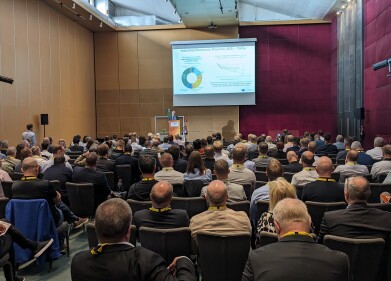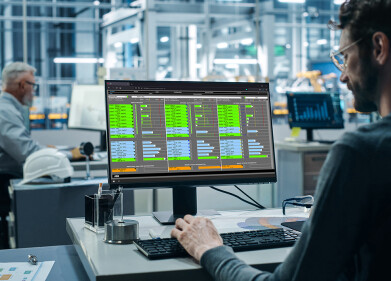Air monitoring
How accurate do we need to be when measuring for Particulate Matter?
May 13 2019
Today’s newsfeeds are inundated with articles citing new research that links poor air quality to premature death, loss of bio-diversity and reduced quality of life. Air pollution and its associated effects on human health and the environment have become a mainstream media topic and public awareness is at an all time high. It is clear that air quality monitoring networks across the world need to be expanded in order to provide authorities and citizens with the needed information to drive change.
TSI have been involved in several citywide air quality monitoring studies where data from low cost sensors is used in combination with reference monitors in order to provide hyper local real-time data. There have been some encouraging results so far to date and co-location results have shown an accuracy of up to 80% when compared to the reference instruments. However, at higher concentration locations such as a busy road intersection or within the nearby vicinity of a construction site we are seeing accuracies of 50% or less. Furthermore, changes in temperature and humidity are also severely impacting the performance and as of yet the algorithms that are being tested have been unable to upgrade this low quality data to a useable level.
The TSI team state that non-reference supplementary monitors should have an indicative certificate such as those issued by MCERTS or TÜV. This will ensure that the monitor will use a heated inlet to dry the sample prior to measurement and it will also specify the concentration range that it can operate within. TSI’s range of indicative monitors fall into the category “Near Reference” and as the name suggests get very close to the reference measurement. For PM2.5 accuracy is as high as 98% and TSI are happy to share their co-location test results with anyone who asks.
TSI’s MCERTS certified DustTrak™ Environmental Monitors are packaged in three convenient system configurations, each is fit for purpose dependent upon what mass fraction needs to be measured. TSI can measure PM10 or PM2.5 individually or simultaneously. This instrument is compatible with a variety of sensors to detect volatile organic compounds (VOCs), gases, wind speed and more.
Download TSI’s free White Paper to find out what MCERTS actually means, how the accreditation process was designed and what the results of the test have shown: www.tsi.com/MCERTS-Whitepaper
Digital Edition
AET 28.4 Oct/Nov 2024
November 2024
Gas Detection - Go from lagging to leading: why investment in gas detection makes sense Air Monitoring - Swirl and vortex meters will aid green hydrogen production - Beyond the Stack: Emi...
View all digital editions
Events
Jan 12 2025 Abu Dhabi, UAE
Jan 14 2025 Abu Dhabi, UAE
Jan 20 2025 San Diego, CA, USA
Carrefour des Gestions Locales de L'eau
Jan 22 2025 Rennes, France
Safety, Health & Wellbeing LIVE
Jan 22 2025 Manchester, UK





















